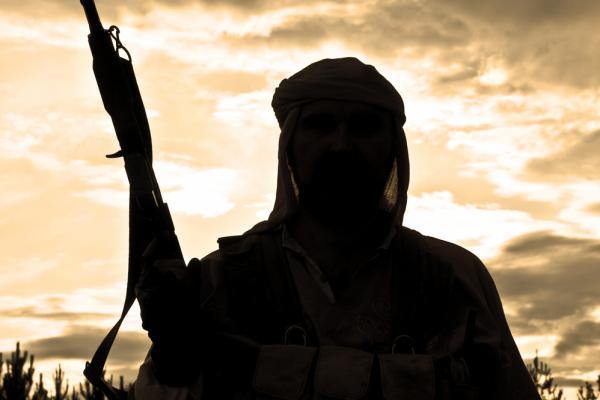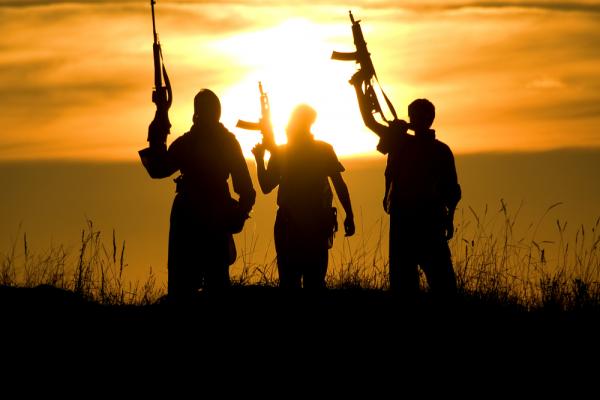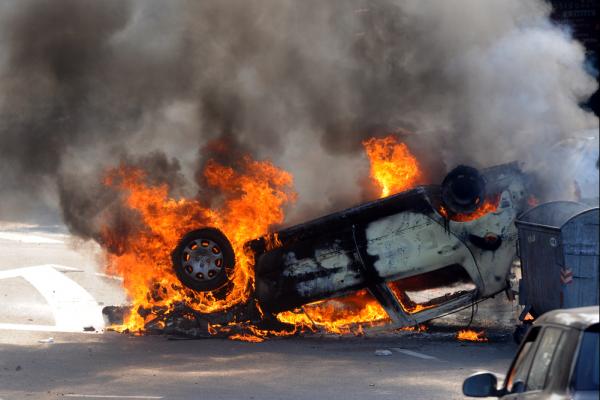The death of Abu Bakr al-Baghdadi, the leader of Islamic State (IS), in Syria in late October – an act blackly referred to as ‘decapitation’ by some – marks the end of a chapter in that organisation’s dark past. However, it foretells of a new chapter, one that will see another leader emerge and perhaps a shift in strategic direction. The death of Baghdadi, for instance, may allow a potential al-Qaeda (AQ)-IS union. That terrorist network(s) will either morph into a new entity or splinter into equally dangerous elements that may develop links with organised crime. There is, of course, the anticipated acts of reprisal.
The question that must be asked is why such terrorist groups manage to persist and penetrate in spite of damaging attacks on their networks. The IRA survived for decades, the FARC in Colombia similarly. Both terrorist groups suffered significant losses and changes but nonetheless survived until political solutions emerged. What makes them perversely resilient? What lessons can be applied elsewhere in more benign circumstances
Networks
The first point is that terrorist networks, like many networks, are flexible organisms which can accept gaps and breaks in their metabolism but still function. They are not rigid but adaptable to changing fortunes. Terrorist groups can scale up or tone down their operations to cater for opportunities or setbacks. Without a fixed structure or bureaucracy, they can accommodate attacks and appoint replacements with relative ease.
They can also readily adapt their tactics to take advantage of technologies or techniques, leaving counter-terrorist organisations in the slower, reactive lane. What is more, the rise and appeal of the franchise model to other terrorist organisations have ensured spread and longevity.
The lesson here for certain business organisations is that a less formal, networked structure conveys a flexibility and agility to cope with disruption and losses. Such an approach may run counter to many organisations but in a very dynamic marketplace then it can be the mark of success. Moreover, a succession plan for any leadership team is an important factor as there is always the prospect of premature departure – but, hopefully, not decapitation.
Swarming
Another important point, connected to the first, is that of ‘swarming’. In essence, this is the principle of decentralisation where no single entity or part is in absolute charge. It means that if one node is taken out, others can readily replace it. Swarming does not abolish centralised authority but instead balances it with the right kinds of empowerment and self-sufficiency.
Small, highly distributed teams – using surprise and simultaneity – can, for example, overwhelm defences and exert an effect much larger than their size would indicate. The terrorist attacks in Mumbai in 2008 are an illustration of this. Many bacteria and viruses operate in this way when attacking the human body. Furthermore, agents may provoke an overreaction from their hosts which can make the situation worse.
In the counter-terrorist world, the growing use of special forces has been the obvious and effective response through the use of swarming against an enemy. Small, highly trained forces operating semi-independently and acting with speed and precision can have an impact beyond their size. Witness the recent attack on Baghdadi’s compound. Horizon scanning and good intelligence are key to the success of this approach.
The positive lesson for commerce is that a decentralised, dynamic and smart system can enhance resilience. An electricity grid – particularly one built around microgrids – is an example of such a system, one which has a high degree of flexibility to operate when parts are disrupted or fail. A downside is that a dispersed network may more open to unwanted intrusion unless the necessary safety measures are put in place at the start.
Yet, in the final analysis, people remain the linchpin to long-term resilience. A network – and a terrorist network is no different – that does not include, empower and motivate teams of people will not be resilient.
PS In a forthcoming book titled 'Leadership Decapitation', Professor Jenna Jordan of the Georgia Institute of Technology examines over 1,000 cases involving the killing or capture of leaders of terrorist organisations. She concludes there are three factors that contribute to a group's resilience: its degree of bureaucracy, its ability to draw on local resources, and its ideological zeal.
For further reading, please visit our Knowledge Hub.



